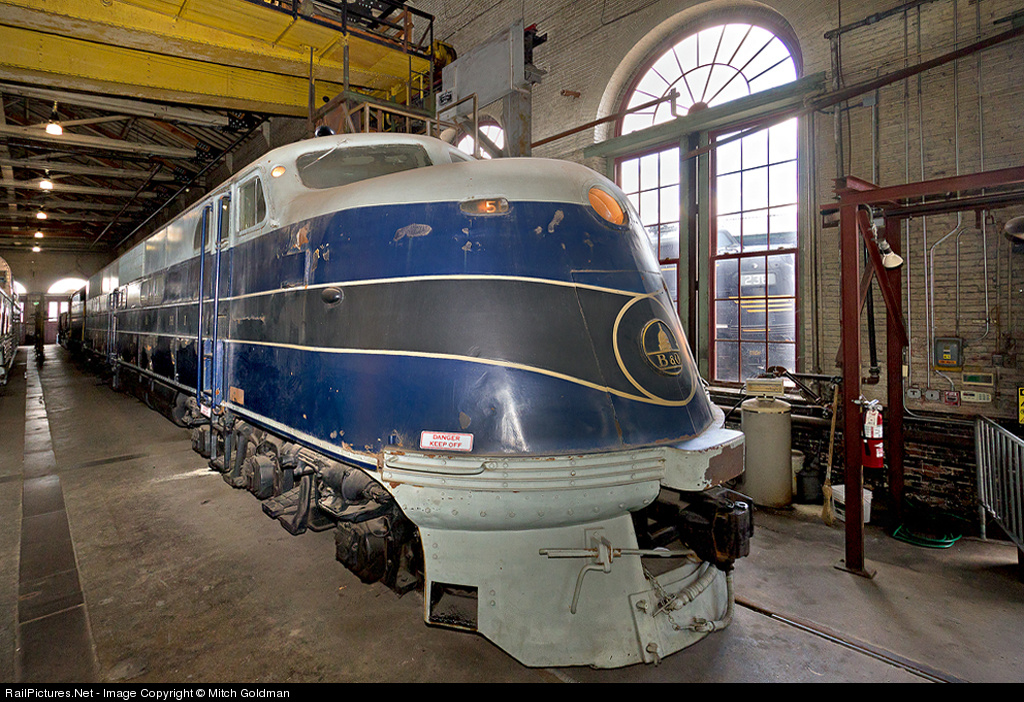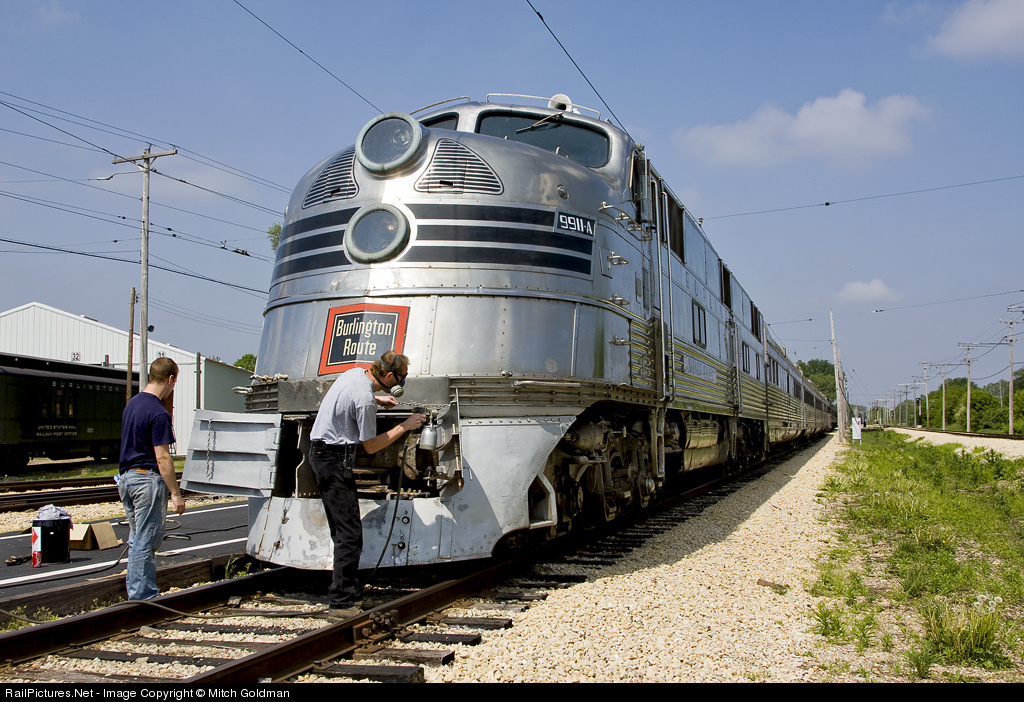This thread is most recently updated 1/23/15 with even more photos.
Here are three EMD E unit builders photos:
These photos were taken at EMD's plant in La Grange, Il., in 1950, -51, and '52, top to bottom. They were taken from virtually the exact same spot on the property--notice the pole in the left background.
If you have some builder photos, please share them here or start a thread. These are from a very colorful era of US trains. While my personal preference strongly favors EMD F units, the E's were really, really good in their own right.







































